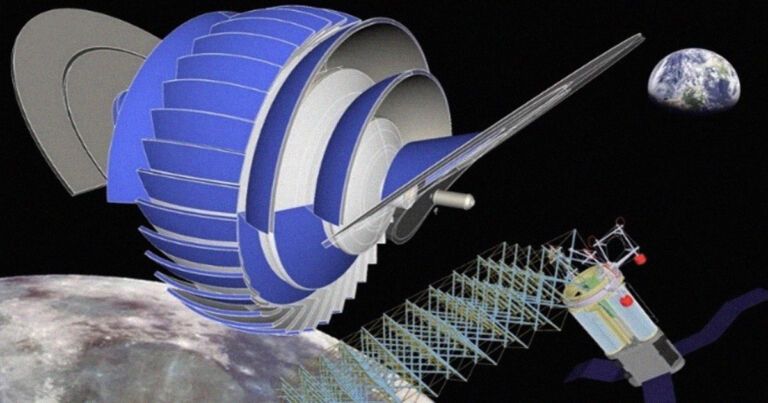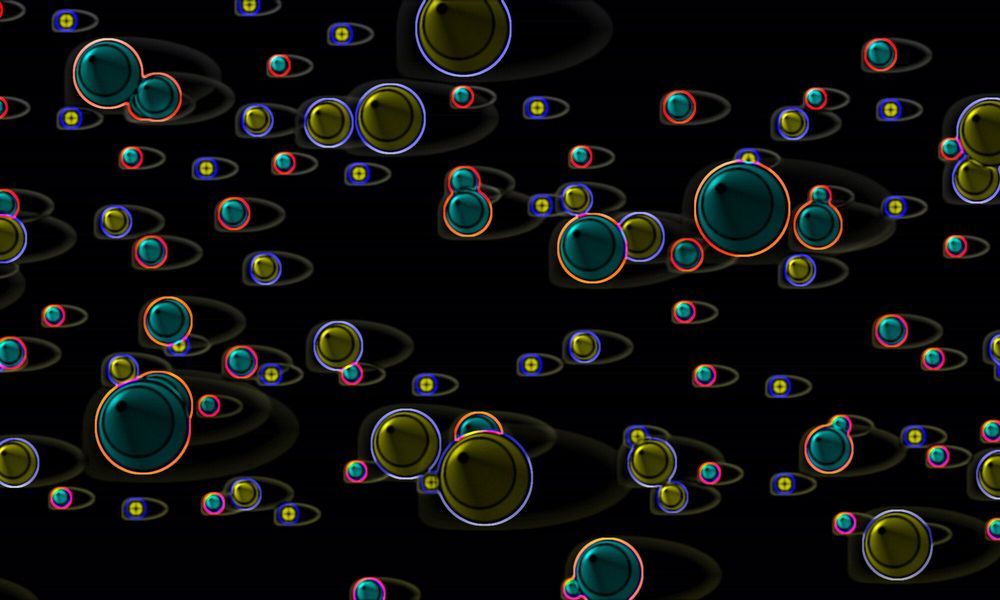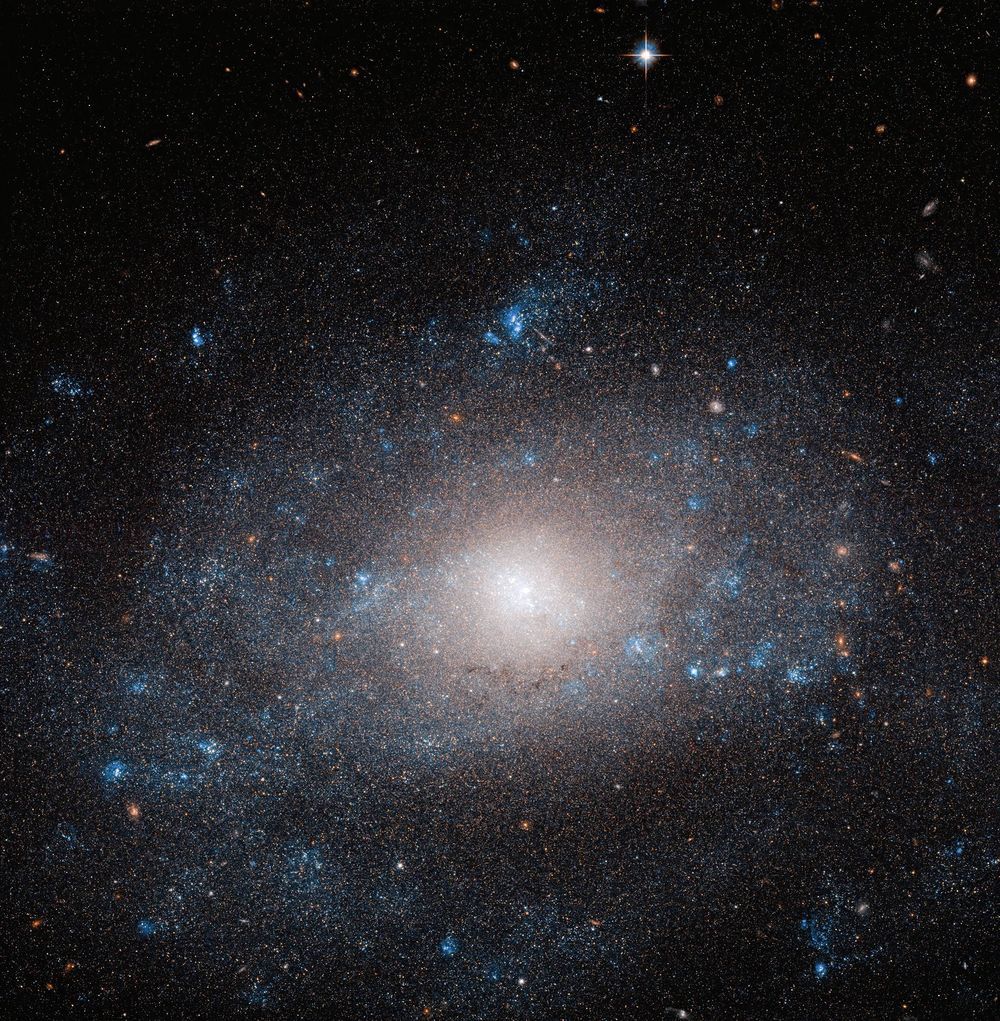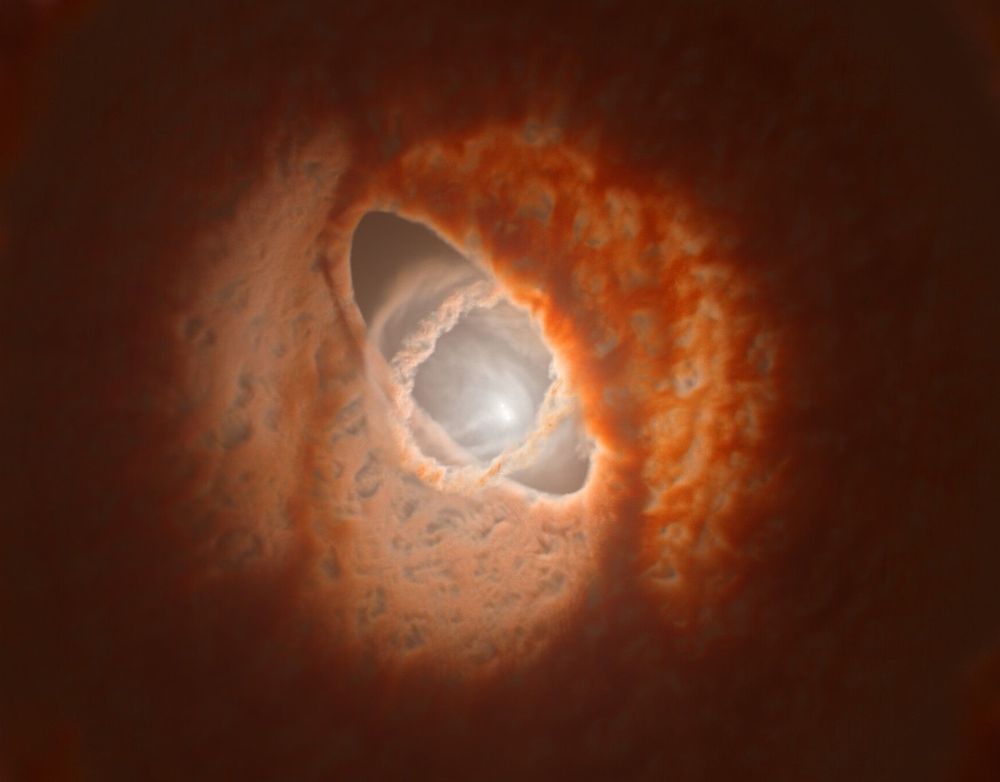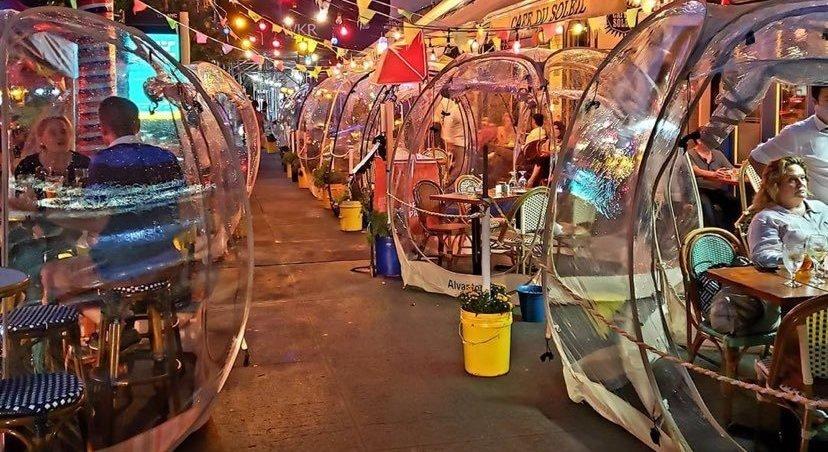Sep 21, 2020
Astronomers discover an Earth-sized ‘pi planet’ with a 3.14-day orbit
Posted by Quinn Sena in categories: mathematics, space
In a delightful alignment of astronomy and mathematics, scientists at MIT and elsewhere have discovered a “pi Earth”—an Earth-sized planet that zips around its star every 3.14 days, in an orbit reminiscent of the universal mathematics constant.
The researchers discovered signals of the planet in data taken in 2017 by the NASA Kepler Space Telescope’s K2 mission. By zeroing in on the system earlier this year with SPECULOOS, a network of ground-based telescopes, the team confirmed that the signals were of a planet orbiting its star. And indeed, the planet appears to still be circling its star today, with a pi-like period, every 3.14 days.
“The planet moves like clockwork,” says Prajwal Niraula, a graduate student in MIT’s Department of Earth, Atmospheric and Planetary Sciences (EAPS), who is the lead author of a paper published today in the Astronomical Journal, titled: “π Earth: a 3.14-day Earth-sized Planet from K2’s Kitchen Served Warm by the SPECULOOS Team.”


